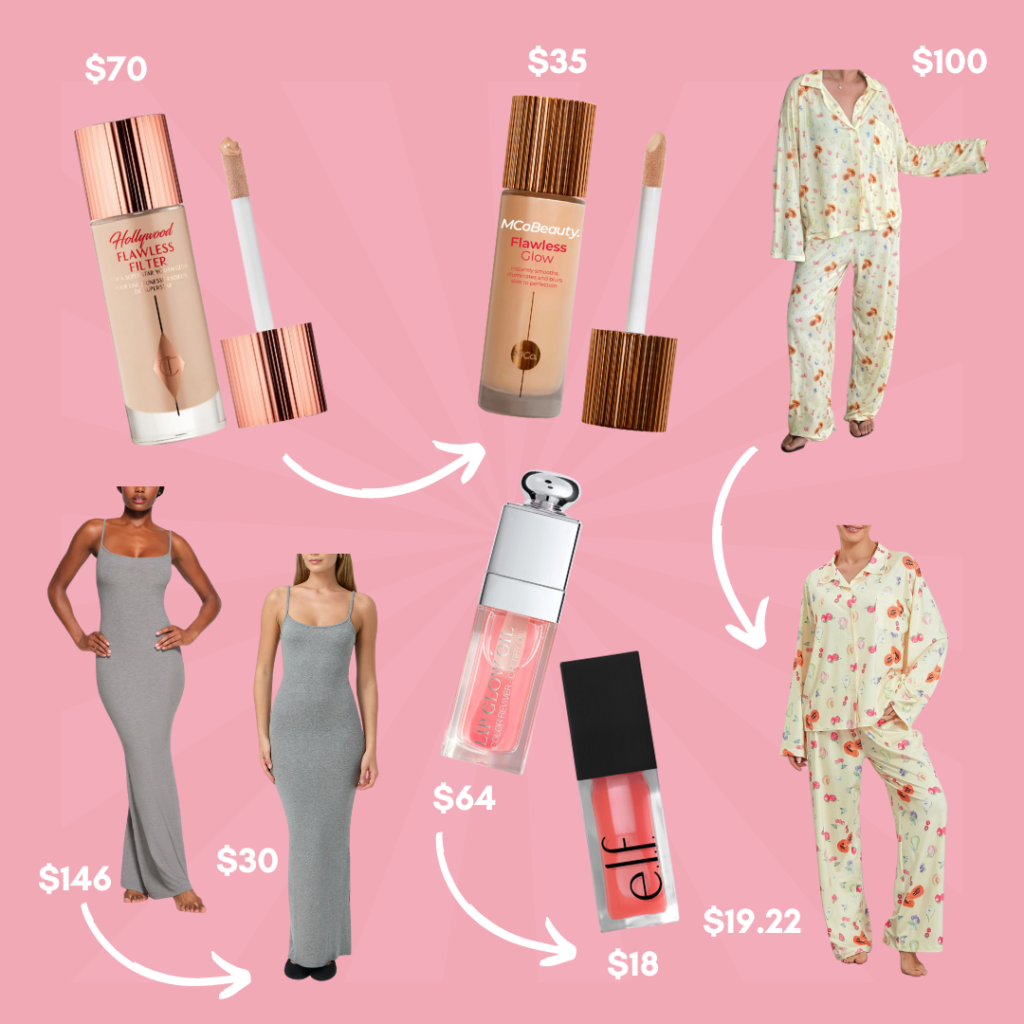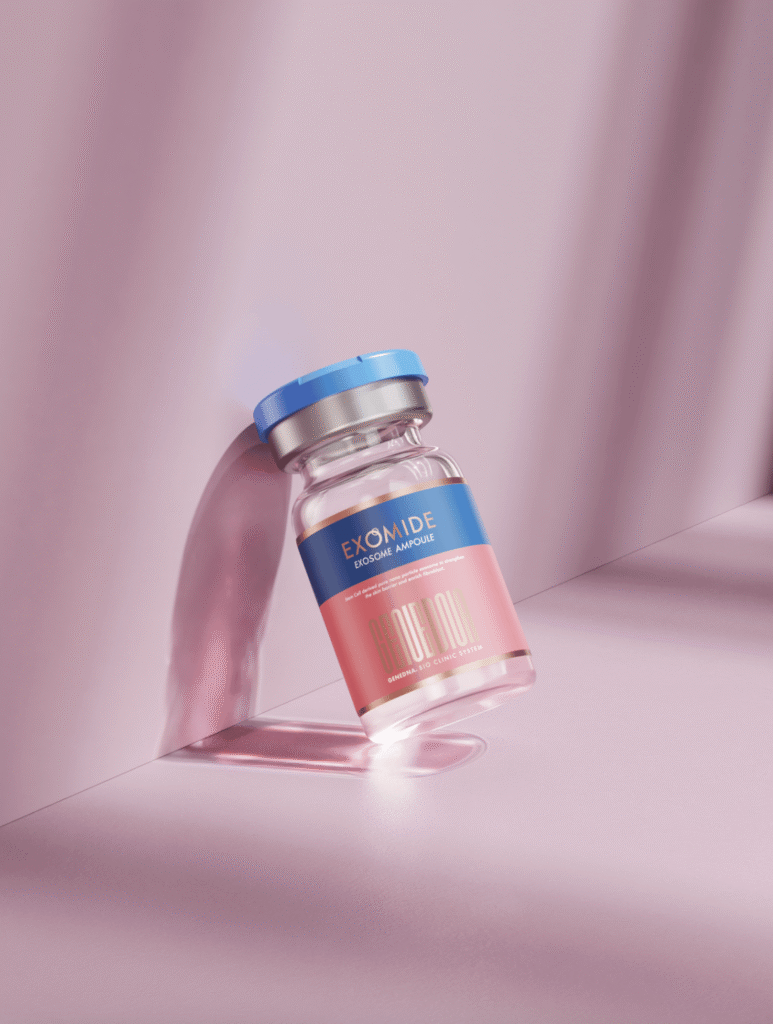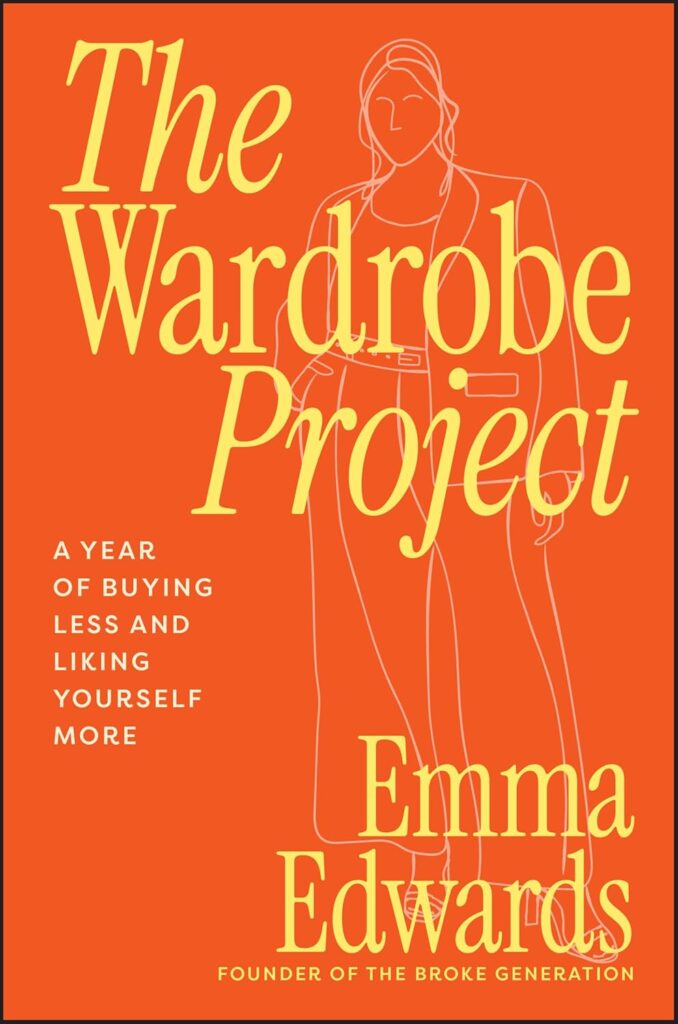From luxurious dresses to high-end makeup, a new lavish look seems to be trending each week. But with these designer products comes a costly price tag, much more than the average fashion enthusiast can typically justify shelling out.
Luckily for budget-savvy shoppers, the internet is a treasure trove of products that promise to leave you looking and feeling the same – for just a fraction of the price. Dupes, a term which derives from the word “duplicate”, offer an affordable alternative to a more expensive product.
The dupe phenomenon has taken the internet by storm, with a replica available for almost every ultra-popular designer product. In some cases, the imitation can even surpass the original on the popularity ladder. But is bagging a bargain all it’s cracked up to be, or is there a darker side to dupe culture?
The Rise of Dupe Culture
If you grew up in the noughties, you might remember that knockoffs were once considered a crime against fashion. Fake designer handbags and name-brand t-shirts were bought in secrecy from eBay, or from street vendors while holidaying overseas. In a status-obsessed world, wearing name-brand fashion was the ultimate wealth symbol, and being caught faking it would be catastrophic.
Since then, attitudes to replica products have completely turned on their head. The average consumer is now happy to admit to purchasing a dupe. In fact, finding a great dupe is like striking internet gold, with the potential to go viral by sharing your find with the world.
With the rise of social media accelerating the rate of trends, the shift is motivated by consumers’ desire to keep up with fashion while not breaking the bank. It certainly doesn’t help that our banks are more susceptible to breaking than ever, with the current cost of living crisis pushing consumers towards cheaper alternatives.
Unlike the traditional counterfeits of the noughties, dupes are a more subtle form of imitation. With tighter copyright and intellectual property laws, manufacturers of dupes are careful not to infringe on protected logos, designs or trademarked elements. The result can range from a product that takes light inspiration from a high-end product to one that is a glaringly obvious copy, yet legally watertight.
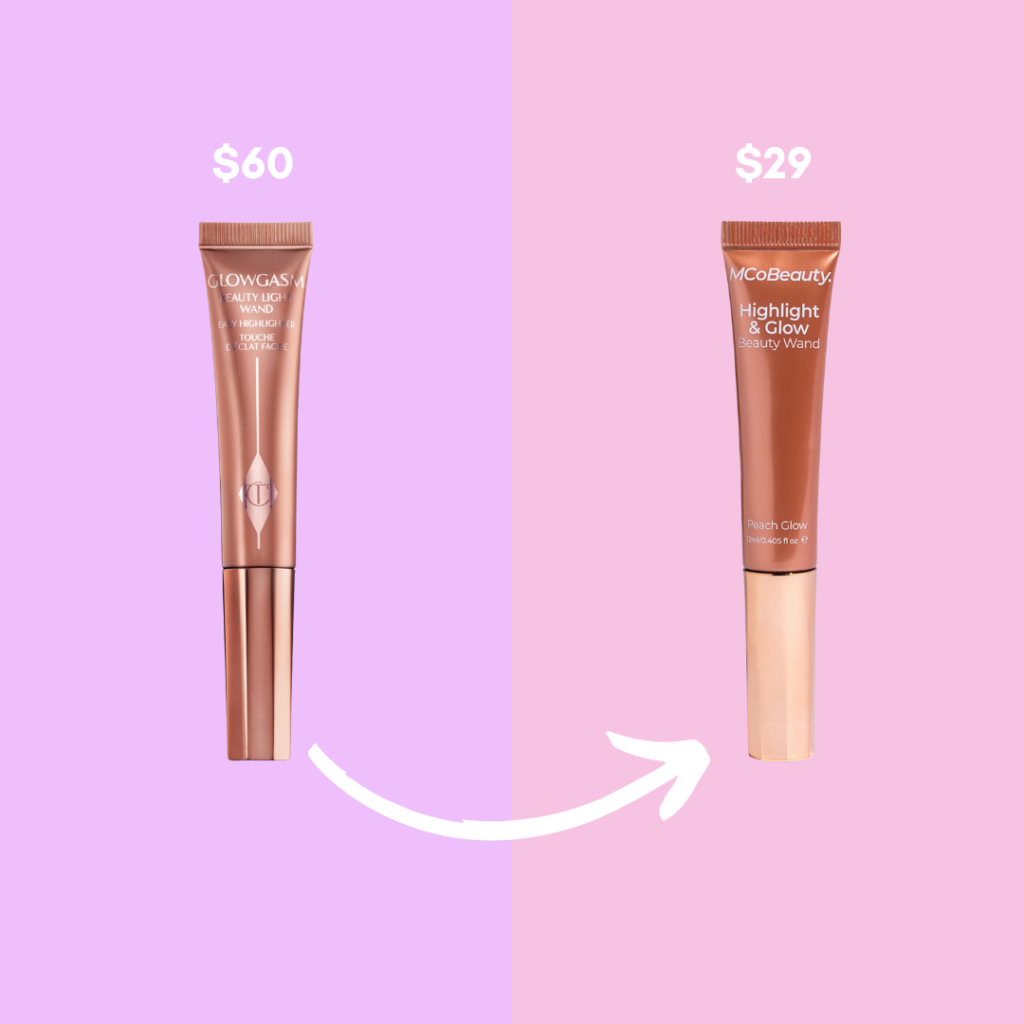
The MCoBeauty ‘dupe’ of the Charlotte Tilbury Glowasm has many similarities except, of course, its price.
A Scandalous Selling Strategy
With dupes becoming normalised in almost every product category, from fashion and beauty to furniture and home appliances, standing out is becoming harder than ever for brands. High-end brands are the most frequent targets for replication, with more budget-friendly corporations often drawing inspiration from their most successful products. Fed up with dupe culture, haircare brand Olaplex and athletic apparel company Lululemon both launched their own campaigns to highlight the quality differences between their own products and common dupes. Small creators aren’t totally immune to being duped, however, with influencer Em Davies discovering that a print created by her brand Venem 1.0 had been duped by fast fashion retailer Valleygirl.
Many brands are taking it into their own hands to fight back, like influencer-owned Swedish clothing brand Djerf Avenue. Owner Matilda Djerf found herself in hot water recently after a string of content creators claimed that their videos promoting dupes for pieces by the brand had been reported for trademark violations. The controversy split opinions online, with some pointing out the ethical issues of recreating the brand’s pieces while others felt replicating the designs was fair game.
Other companies, like Australian beauty brand MCoBeauty, lean shamelessly into dupe culture. The best-selling brand has created a business model that thrives on feeding off of the trend cycle. The brand’s most viral product is a near-exact replica of Charlotte Tilbury’s Hollywood Flawless Filter foundation, which comes in almost identical packaging with a price tag of only half of the original.
The Ethical Dupe Debate
If you’re struggling to find where to draw the line on dupes between bargain and rip-off, you’re not alone. On the one hand, dupes have made products more accessible to people of all income levels, bridging the affordability gap. This democratisation of the fashion and beauty industry means looking like you’ve just stepped off the runway isn’t just for the rich and famous anymore.
But when affordability enters the conversation, so too does ethics. Churning out trendy products for the masses means that these fast fashion retailers are cutting costs and sometimes corners. Designer labels rely on exclusivity and high price points, allowing these brands to invest time and money into creating high quality and ethically sourced pieces. Fast fashion retailers, on the other hand, often rely on poor employee and environmental practices to match the speed of the trend cycle. Dupe culture has also come under fire for undermining creators and designers, putting small businesses at risk of being ripped off by corporations who have the means to reproduce their hard work at a cheaper price point.
A 3-Step Guide to Purchasing Ethical Dupes
1. Prioritise Thoughtful Consumption
For the sake of the planet and your bank account, don’t fall victim to fleeting trends. Before purchasing a dupe, consider whether the product actually meets your needs and how well it fits into your existing wardrobe or product rotation. Be mindful of the social and environmental impacts of your purchase and opt for products that align with your values.
2. Seek Inspiration, Not Imitation
While imitation may be the sincerest form of flattery, piggybacking off another brand’s success is just lazy from a design standpoint! Instead of opting for exact replicas of designer products, consider purchasing from brands that draw inspiration from an aesthetic without blatantly copying designs. This approach to dupe culture will advocate for creativity in the fashion and beauty industries while still supporting your bank balance.
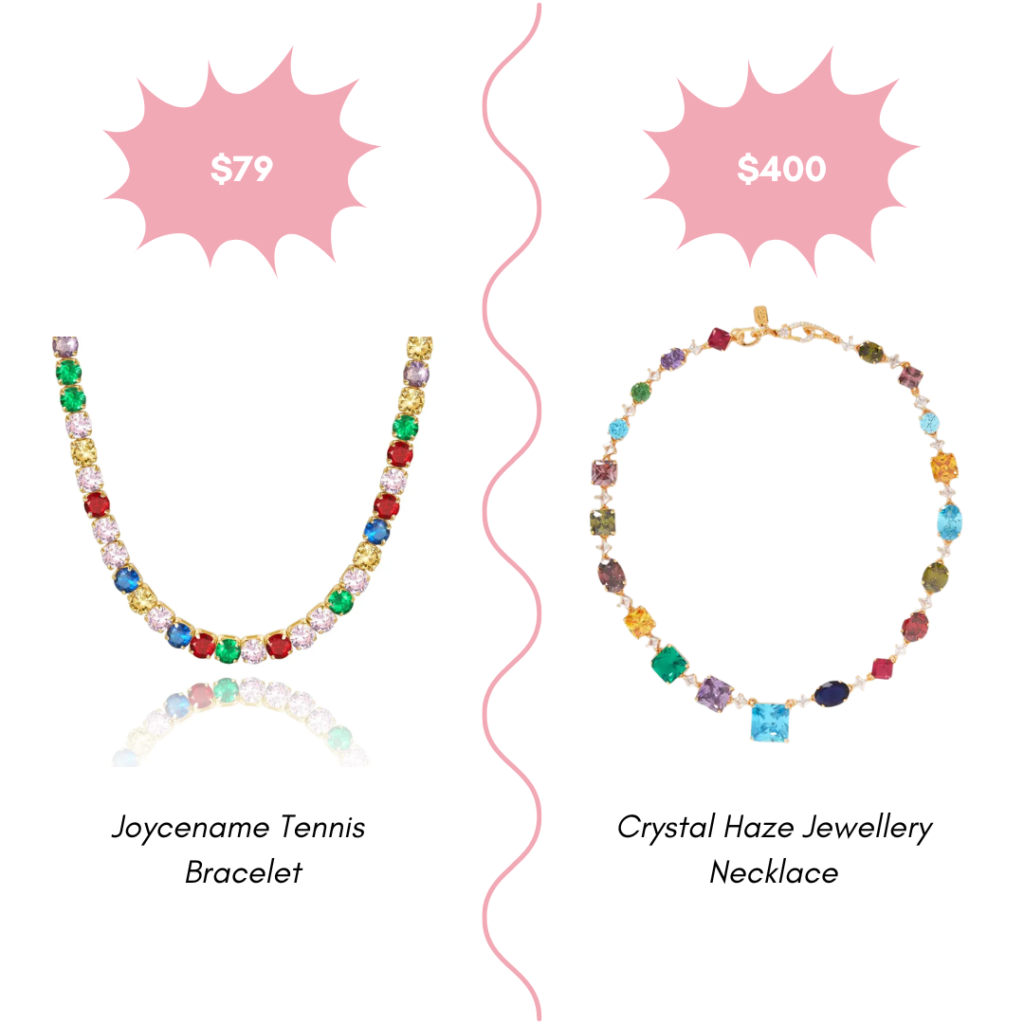
Joycename Tennis Bracelet is similar to the Crystal Haze Necklace however some differences set the two apart.
3. Read the Fine Print
Not all dupes are created equal, and it’s still possible to prioritise more ethical brands even when opting for a lower price point. Before adding to cart, take some time to learn about the ingredients or materials used in the product’s creation and the ethical standards of the brand. For most products, these will be declared on the tag or packaging. Even the slightest difference in product make-up can make a world of difference in terms of ethicality, quality and longevity.
Learn more about dupe culture here.
Read more of our Thought-Provoking Articles here.

